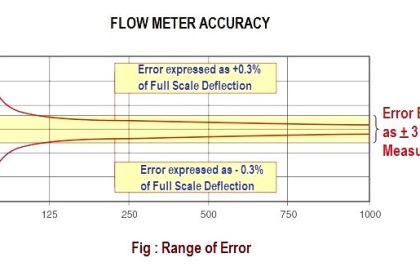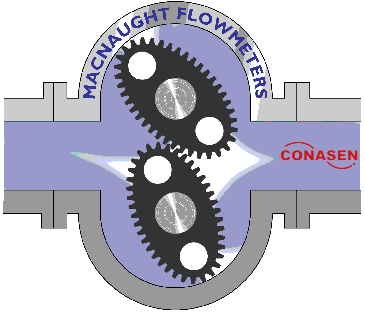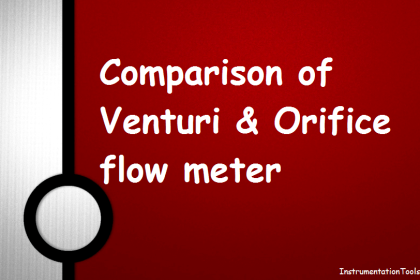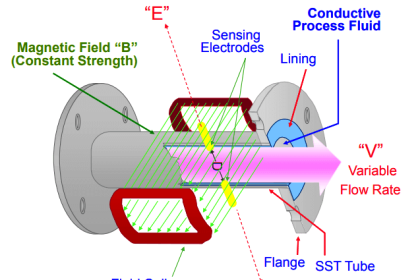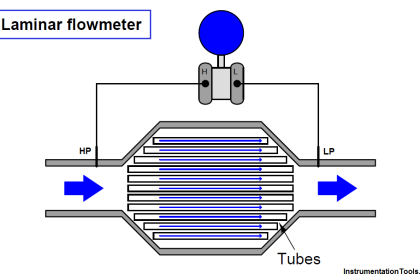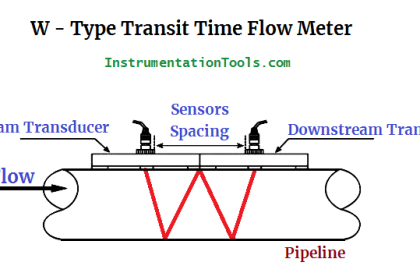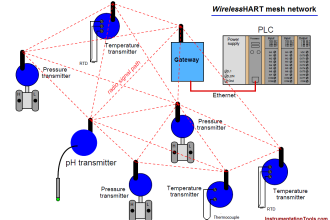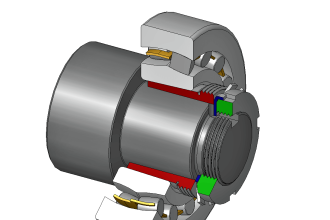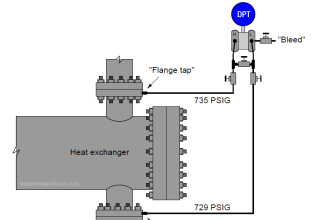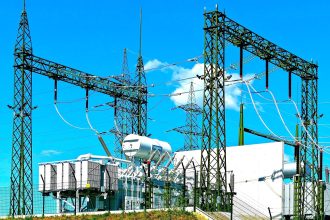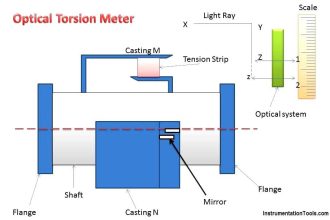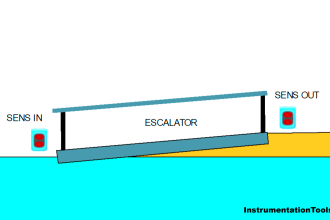The spring-loaded variable area flow meter (an extension of the variable area flow meter) uses a spring as the balancing force. This makes the flow meter independent of gravity, allowing it to be used in any plane, even upside-down.
However, in its fundamental configuration (as shown in the Below Figure ), there is also a limitation: the range of movement is constrained by the linear range of the spring, and the limits of the spring deformation.
Spring Loaded Variable Area Flow Meter

However, another important feature is also revealed: if the pass area (the area between the float and the tube) increases at an appropriate rate, then the differential pressure across the spring-loaded variable area flow meter can be directly proportional to flow.
so Spring-Loaded Variable Area Flow meters can measure the rate of flow with either float movement (variable area) or with a Change in Pressure (if a Differential pressure transmitter is connected across it).
Advantages of Spring Loaded Variable Area Flow Meter
- High turndown, up to 100:1.
- Good accuracy ±1% of reading for pipeline unit.
- Compact – a DN100 wafer unit requires only 60 mm between flanges.
- Suitable for many fluids.
Disadvantages of Spring Loaded Variable Area Flow Meter
- Can be expensive
Source: spiraxsarco
If you liked this article, then please subscribe to our YouTube Channel for Instrumentation, Electrical, PLC, and SCADA video tutorials.
You can also follow us on Facebook and Twitter to receive daily updates.
Read Next:
- Turbine Flow Meter Verification
- DP Sensor Square Root of ΔP
- Lobed Impeller Flow Meter
- Velocity-based Flow meter
- Advantages of Flow Meters

